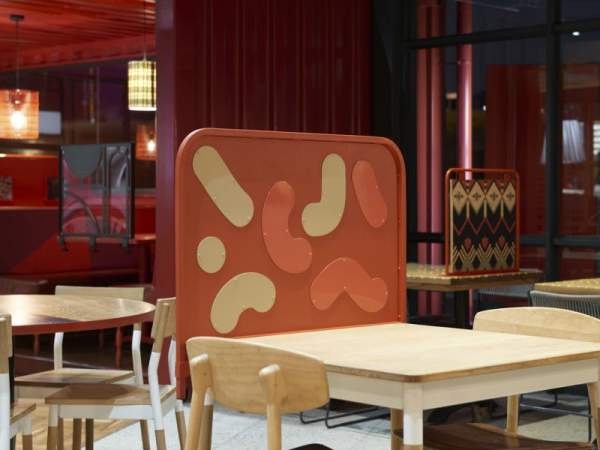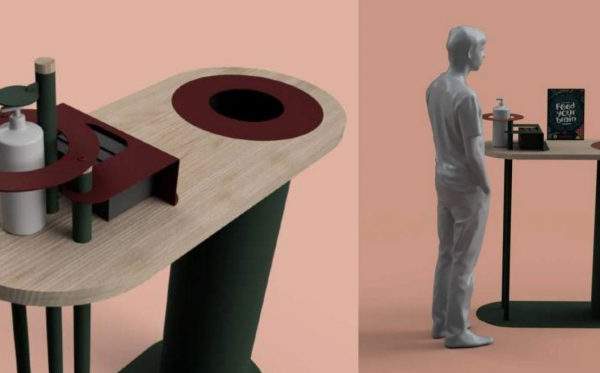News
Making space: The future of restaurant design
Monday, April 26th, 2021
While we’ve gradually adjusted to our new world and begun enjoying simple pleasures that we may have taken for granted before COVID, like coffee dates and eating out, restaurants are faced with the ongoing challenge of re-designing their establishments to adapt to an imagined future. The onus has been put on interior designers and architects to push the boundaries of creativity.
Interior designer Marguerite Louw, who has worked on projects at major local restaurants such as Spier Wine farm says: “This is a real challenge to designers and to the restaurateur as one needs a minimum number of covers to make a place profitable, and one needs a certain amount of flexibility for seating, so you need to design around the need to create barriers but also be able to move those if need be.” What has been made clear is that the challenge with our new normal lies beyond aesthetics; it is more about taking practical steps to ensure public safety. As Marguerite adds, good extraction and air quality has to be a primary focus on the restaurant owner’s part.
South African interior and furniture designer Minenhle Ntuli says: “Aside from the introduction of flexible seating, it is likely that more restaurants extend or open outside areas and use their spaces beyond the interior shell – this may also hint at closing some roads and utilising the space for dining.’’
“Restaurant owners are not really asking [designers] for new spacing, but they are pushing for more originality,” statea a report put together by the award-winning Dubai-based interior design studio Roar. “They know there will be fewer people dining out, so they are asking us to challenge the briefs they have given us.’’ This report lists the introduction of open kitchens as well as contactless fixtures as likely introductions to reduce the spread of bacteria.

Clamp-On Social Distancing Screen by Dokter and Misses
Of the things that we may not even think about, the materials that restaurants use on their floors and table surfaces, bathrooms and walls aren’t just for aesthetic purposes, they play an integral role in the overall cleanliness of an establishment. “There are certain materials for surfaces, walls and floors that offer anti-microbial protection, meaning that they kill viruses … Marble, for example, though it looks good, has tiny pores that make it difficult to clean and it wears down when cleaned too much over time; hygienic covering such as Quarts is great for counter tops and is easily available at building warehouses,’’ explained a speaker during a COVID-19 design and architecture webinar hosted by CAS Design in 2020.
Recently, the director of Nando’s Design Programme, Tracy Lee Lynch, worked on a series of furniture screens and accessories to make social distancing intuitive and aesthetically pleasing. The designs are a collaboration with Nando’s Design Programme (Clout) and local creatives such as Dokter and Misses and Urbanative and will be available globally. “My commitment to our South African designers is always foremost in my mind’s eye when I’m looking at opportunities,’’ says Tracy. This project is both innovative and empowering as it supports local artisans during what has been a tough time.

Sanitiser station by Takke for Nandos
Abroad, French Christophe Gernigon conceptualised a suspended plexiglass shield, Plex’Eat, which allows for people to eat and drink while maintaining a social distance. “Though we would have preferred not to arrive at this point, it is better to consider aesthetic, design and elegant alternatives that guarantee the rules of social distancing,” says Christophe.
Reflecting on the present, one can tell that things will not be the same again, but that is not something that is necessarily negative. If anything, this period has shown that human beings can create incredible solutions when they work together and consider not only themselves but the people around them.









